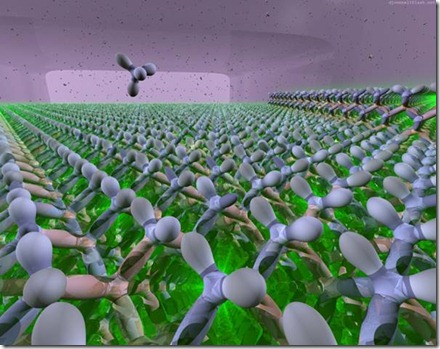Signcryption, which University of North Carolina at Charlotte professor Yuliang Zheng created, is a technology that protects confidentiality and authenticity, seamlessly and simultaneouslyis and is particularly useful in cloud computing for ensuring confidential, authenticated transmissions. The International Organization for Standardization (ISO) has published a standard for a public-key technology that combines signing and encrypting a message in a single step.
The first signcryption scheme was introduced by Professor Yuliang Zheng in 1997 and he continued his research in this revolutionary new technology at the College of Computing and Informatics. After nearly a three-year process, the International Organization of Standardization (ISO) has formally recognized his research efforts as an international standard.
News of the ISO adoption comes amidst daily reports of cyber attack and cyber crime around the world. Zheng says the application will also enhance the security and privacy of cloud computing. "The adoption of signryption as an international standard is significant in several ways," he said. "It will now be the standard worldwide for protecting confidentiality and authenticity during transmissions of digital information."
"This will also allow smaller devices, such as smartphones and PDAs, 3G and 4G mobile communications, as well as emerging technologies, such as radio frequency identifiers (RFID) and wireless sensor networks, to perform high-level security functions," Zheng said. "And, by performing these two functions simultaneously, we can save resources, be it an individual's time or be it energy, as it will take less time to perform the task."
There are also many other signcryption schemes that are proposed throughout the years, each of them having its own problems and limitations, while they are offering different level of security services and computational costs.
